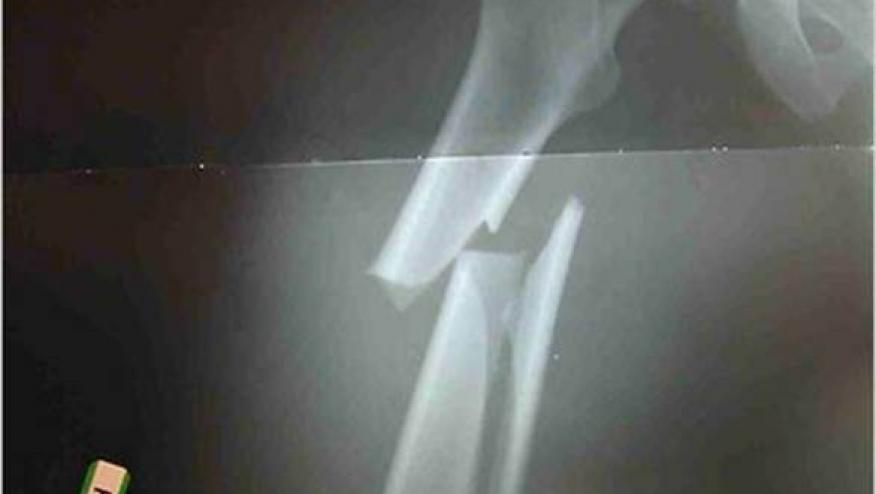Physical Activity Lowers Fracture Risk in Post-Menopausal Women Save

An analysis from the Women’s Health Initiative study shows that postmenopausal women who participate in vigorous physical activity have a statistically lower risk of total and site-specific fractures
The study included 77,206 postmenopausal women who were seen between 1993-2019, for a mean of 14 years, and stratified according to the level (total, mild, moderate to vigorous, and walking) of physical activity. The primary outcomes were total fracture risk, including fractures of the hip, spine, wrist and knee.
One-third (33.1%) of subjects experienced a first incident fracture. Total physical activity was inversely associated with the adjusted risk of hip fracture (>17.7 MET h/wk vs none: HR, 0.82; 95% CI, 0.72-0.95; P for trend < .001).
Lower hip fracture rates were also observed for actively engaged in walking (HR 0.88), mild activity (HR 0.82), moderate to vigorous activity (HR 0.88), and yard work (HR 0.90). Mild activity lowered the risksof vertebral fracture (HR 0.87) and total fractures (HR 0.91).
Increased fracture risk was seen between knee fracture and total physical activity (HR, 1.26) and moderate to vigorous activity was positively associated with wrist or forearm fracture (HR 1.09). Sedentary time was minimally but positively associated with total fracture risk (HR, 1.04).
In premenopausal, ambulatory women, total and hip fracture risks were attenuated by physical activity - including mild activity and walking. Its unclear if there is an association between sedentary time and total fracture risk.










If you are a health practitioner, you may Login/Register to comment.
Due to the nature of these comment forums, only health practitioners are allowed to comment at this time.